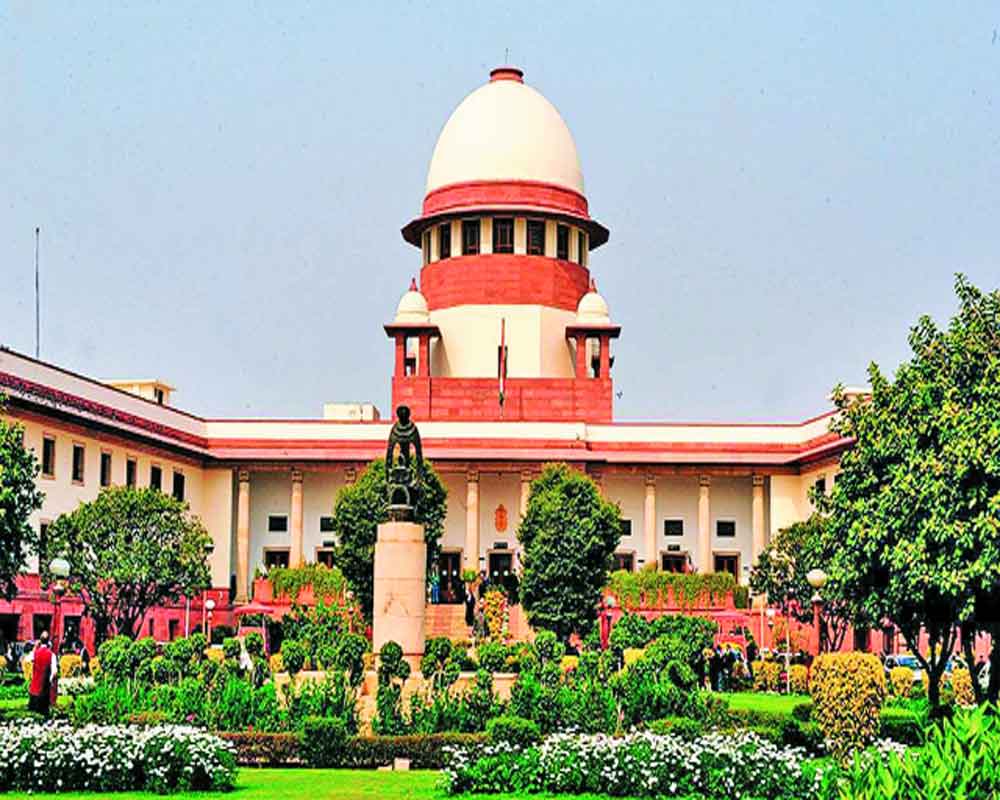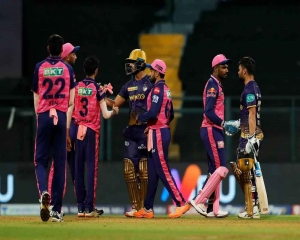Guarantee of service to citizens must bring judiciary in its ambit, for people cannot wait for ages for justice
One civil suit that was filed in 1958 by a resident in the Paharganj area of the national capital was finally settled by the third generation heirs of the litigants out of the court in 2018. For six decades, the two families and their several branches afterwards ran to different courts in the national capital in the hope that the judiciary would give them justice. They spent their savings, and even borrowed money to bear the legal costs.
The family members of the litigants, who were brothers, lived the lives of sworn enemies. They not only bore the costs of the litigation dearly, but also invested a heavy amount of time of their life, which otherwise could have been spent on gainful activities or in carrying out businesses. If only they had known that they would have had to settle the case mutually out of the court, their life wouldn’t have been that acrimonious.
This is not a standalone case. There are millions of such cases in the country. The official statistics say that there are not less than 4.7 crore cases pending before the courts. Four crore of them are pending before the district courts alone. Besides the financial burden, the human cost is overwhelming. Assuming that a case may involve 10 people from the two sides, there could be almost 40 crore people in the country suffering the agony of the delayed justice, which is rightly called justice denied.
Additionally, when cases at such magnitude remain pending before the courts, even the toughest of the laws would look toothless. That is because the deterrence value of the laws takes a backseat. India is in the midst of the celebrations of ‘Azadi ka Amrit Kaal’. Parliament enacts laws to fulfil the aspirations of the people. But they get stunted for lack of speedy justice.
Ironically, the activist Teesta Setalvad avail an interim bail from the Supreme Court even while her plea is with the Gujarat High Court. She is resourceful, and can avail of the services of the costly lawyers to get the interim bail and walk out free. But at the same time 77 per cent of the 5.4 lakh prisoners in the country are under trials. Such under trials don’t get bails in the same manner as Setalvad managed to get.
How could there be two faces of justice for the people of the country when we say that all are equal before the law. Indeed, the mandate for the disposal of cases in courts lies with the judiciary. No time frame is prescribed for disposal of various kinds of cases, and the government has no role in speeding up the disposal of the court cases.
Timely disposal of cases depend on several factors which, inter-alia, include availability of adequate number of judges and judicial officers, supporting court staff and physical infrastructure, besides investigation of the cases and their adjudication on the cases on the basis of evidence on records.
Vacancies of judges, frequent adjournments and lack of adequate arrangement to monitor, track and bunch cases for hearing are cited as reasons for the delays in the disposal of the cases. As of May 2022, India has a sanctioned strength (Judge/per million population) of 25,628 judges, while 59 lakh cases are pending before the High Courts and over 70,000 cases in the Supreme Court).
An analysis of data on the National Judicial Data Grid, a database of the Department of Justice, shows that the judicial ecosystem saw an increase of 27 per cent in pendency between December 2019 and April 2022.
There are around 25,628 judges to hear or decide over 4.7 crore pending cases in Indian courts as of May 2022. The sanctioned strength of judicial officers in subordinate and High Courts saw a gradual increase with the population explosion in India. However, vacancies increased from 18 per cent to 21 per cent across courts between 2010 and 2020, an analysis by PRS Legislative Research reveals.
The Collegium system consisting of the Chief Justice of India and four senior most judges recommend appointments and transfers of judges, while this has no place in the Indian Constitution. The system was evolved through Supreme Court judgments. The Union government has criticized the Collegium system by saying that it has created an imperium in imperia (empire within an empire) within the Supreme Court. The Supreme Court Bar Association has blamed it for creating a “give-and-take” culture, creating a rift between the haves and have-nots.
It's time that the merits of the collegium system be weighed on the scale of the democratic norms. Why should there be a judicial monarch as the practice of the collegium system conveys, and why should the people not hold the judiciary accountable for its still remaining in the old days. Which profession in the country or anywhere in the world goes on vacation, as is the practice in the judiciary?
National Judicial Appointments Commission (NJAC) was established by amending the Constitution by the Constitution (Ninety Ninth) Amendment Act, 2014 passed by the Lok Sabha and the Rajya Sabha in August 2014. Alongside, Parliament also passed the National Judicial Appointments Commission Act, 2014, to regulate the NJAC’s functions. Both Bills were ratified by 16 of the State legislatures and the President gave his assent on December 31, 2014. The NJAC Act and the Constitutional Amendment Act came into force from April 13, 2015. In May 2016, the Supreme Court struck it down. This needs to be visited again, because the rationale on which the NJAC was struck down can still be contested.
At a time when the world, including India, is evolving into an ecosystem where the services are guaranteed within a time frame, will it not be appropriate that the same be expected from the judiciary.
In fact, it will be most appropriate if the Chief Justice, SC and High Court judges along with officials of Ministry of Law & Justice, and civil society should brainstorm over the roadmap for ensuring mechanism for reforms in judiciary.
Besides, the Supreme Court has constituted an Artificial Intelligence Committee which has mainly identified application of AI technology in Translation of judicial documents, Legal research assistance and Process automation.
The e-Court Integrated Mission Mode Project was launched with the objective of improving access to justice using technology.
AI is expected to solve the problem of pendency. Various administrative obligations at top courts, besides case hearings, such as official communications, planning and organizing different categories of trials could be easily managed through AI too. The automation of such tasks through AI would allow the judicial body to focus on their core responsibilities. There are many instances of AI already assisting judges in bail and parole hearings. For instance, in the US courts, an AI-based tool called ‘Safety Assessment’ (PSA) helps judges make a decision in such hearings by producing a high risk score after factoring in different pre-laid out parameters.
(The author is Director, Public Policy Research Centre)


























